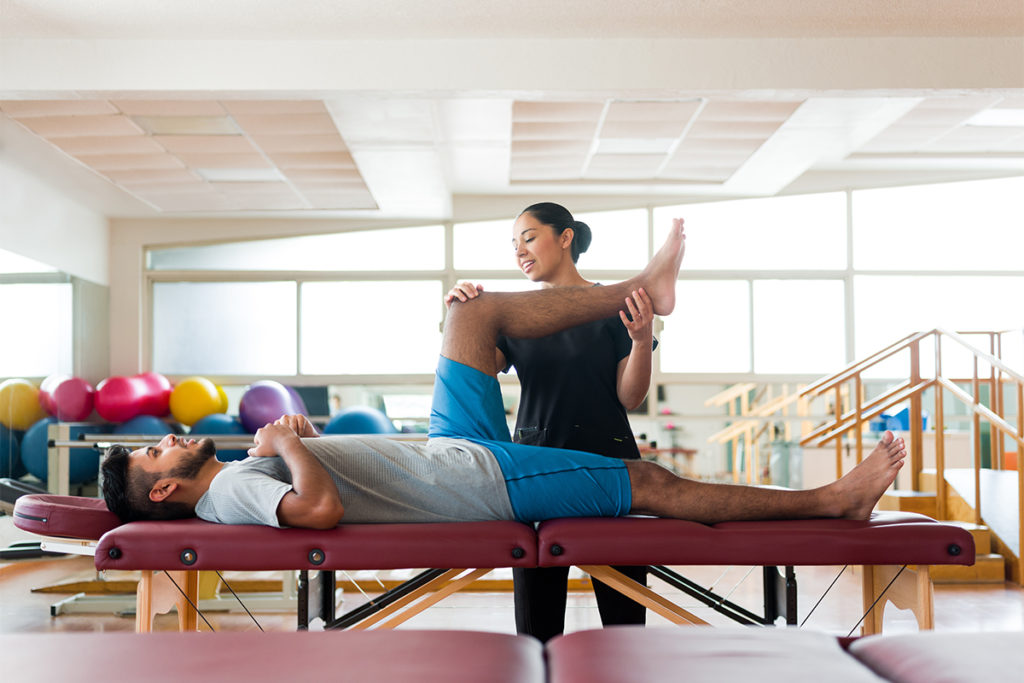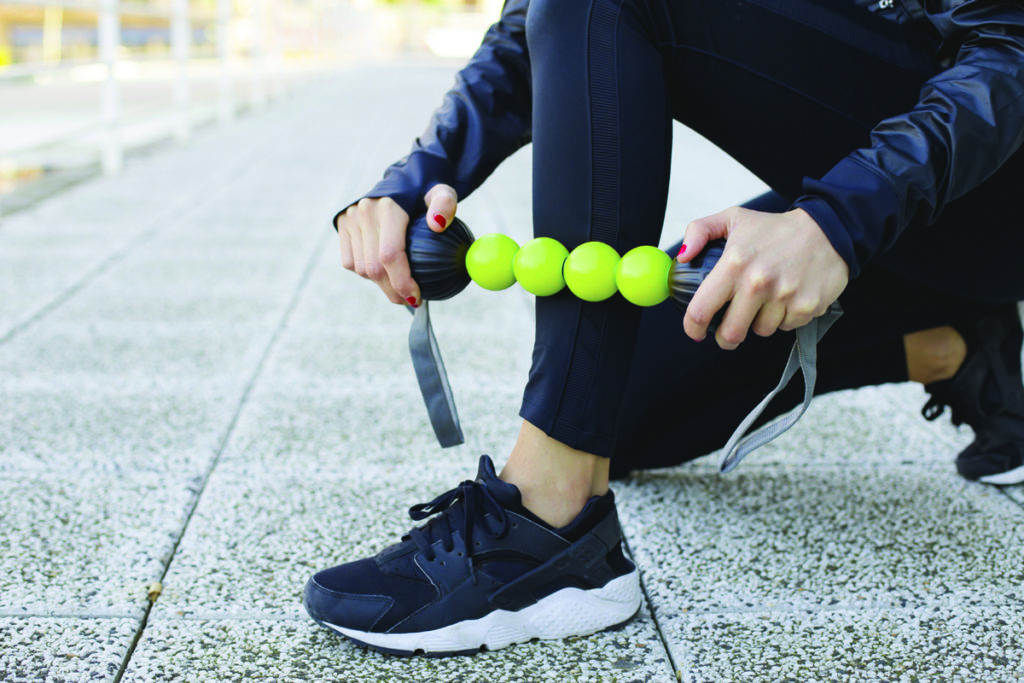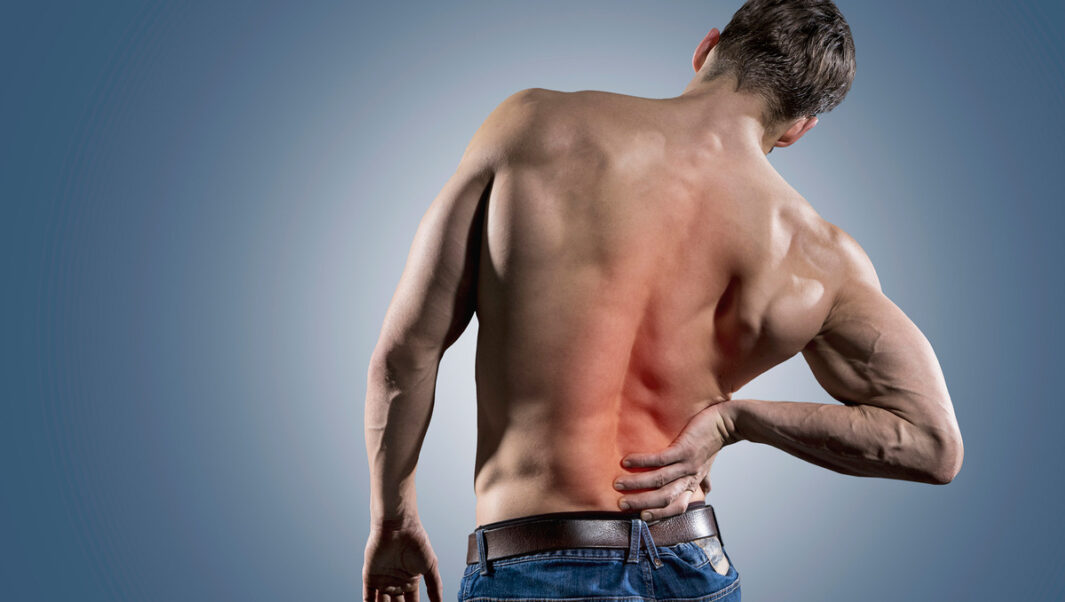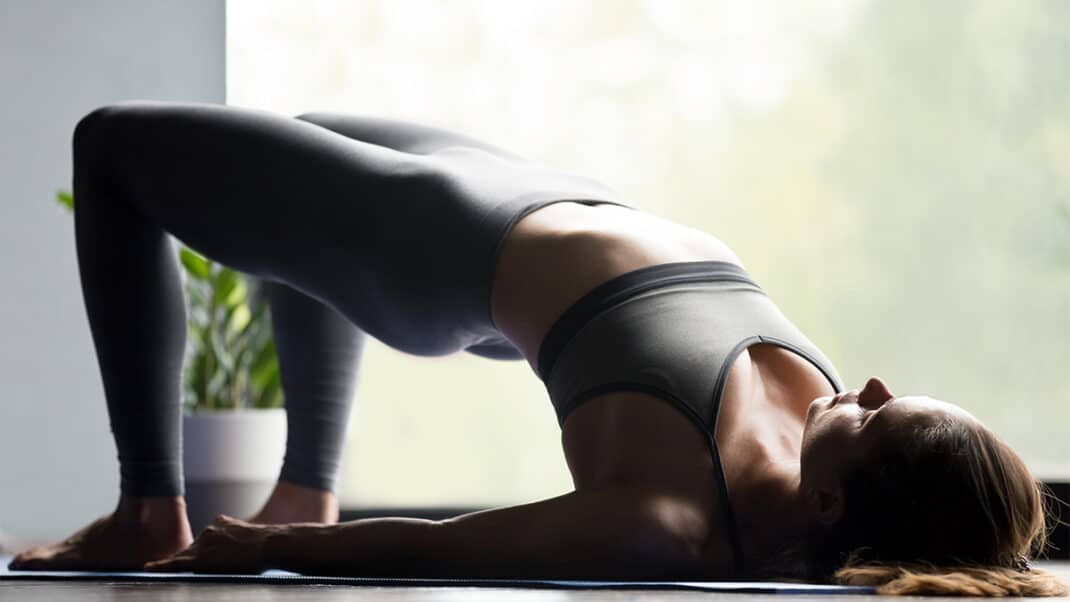Joints and Movement Types: Understanding the Body’s Hinges
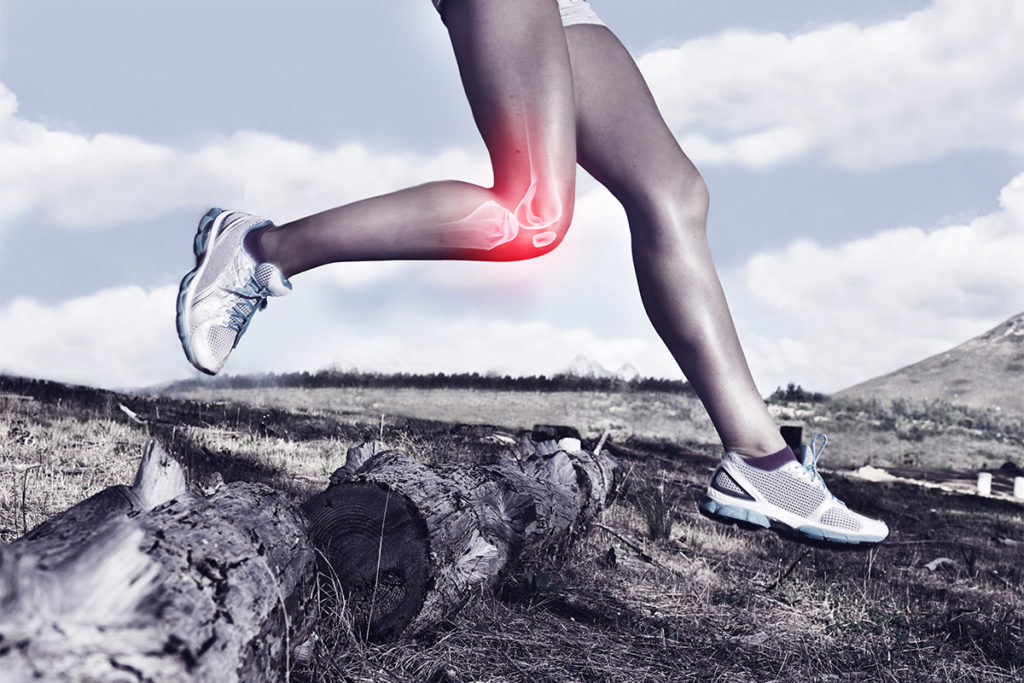
The Role of Joints in Everyday Life
Joints are the body’s hinges, connecting bones and allowing movement. Without joints, actions as simple as bending an elbow, turning the head, or walking across the room would not be possible. Each joint has a structure tailored to its function, and this design determines how much movement is available. Some joints are nearly immovable, while others permit a wide range of motion. Understanding how joints work is not just for anatomy students. For anyone interested in health, fitness, or daily quality of life, knowledge of joint types and their care provides tools for mobility and injury prevention.
It is easy to take joints for granted until they begin to hurt. Stiff knees, sore shoulders, or aching hips can quickly limit independence and comfort. When we consider how many times a day we bend, twist, and reach, the importance of healthy joints becomes clear. They are not passive structures but living parts of the body that respond to how we move, train, and care for ourselves.
Learning more about joints allows people to make better lifestyle choices. For example, knowing that certain joints are prone to wear and tear can encourage preventive exercise. Understanding how joint fluid works helps explain why hydration and movement are so critical. By combining education with action, joint health can be supported for decades.
The Three Primary Joint Types
The human body contains several categories of joints, each offering different levels of movement.
- Fibrous joints
- Found where bones are tightly joined by connective tissue.
- Examples include the sutures of the skull.
- Provide stability but almost no movement.
- Cartilaginous joints
- Connected entirely by cartilage.
- Examples include the joints between vertebrae and the pubic symphysis.
- Allow limited movement and absorb shock.
- Synovial joints
- The most common and mobile type.
- Examples include the shoulder, hip, elbow, and knee.
- Contain synovial fluid, which lubricates the joint and nourishes cartilage.
This variety of joint types reflects the balance between stability and mobility. Areas like the skull prioritize protection, while regions like the shoulder prioritize movement.
Fibrous joints are designed to protect delicate structures like the brain by preventing movement altogether. Cartilaginous joints, on the other hand, act like cushions between bones, absorbing impact from walking, running, or lifting. They provide just enough flexibility to keep the body resilient without risking instability. Synovial joints, with their freedom of motion, allow humans to perform the wide variety of activities we rely on daily, from tying shoes to throwing a ball.
Appreciating the differences between these joints also highlights why injuries affect people in different ways. A damaged synovial joint may reduce athletic ability, while problems in cartilaginous joints often cause stiffness or chronic discomfort. Each type has its vulnerabilities, but all require attention to maintain function.
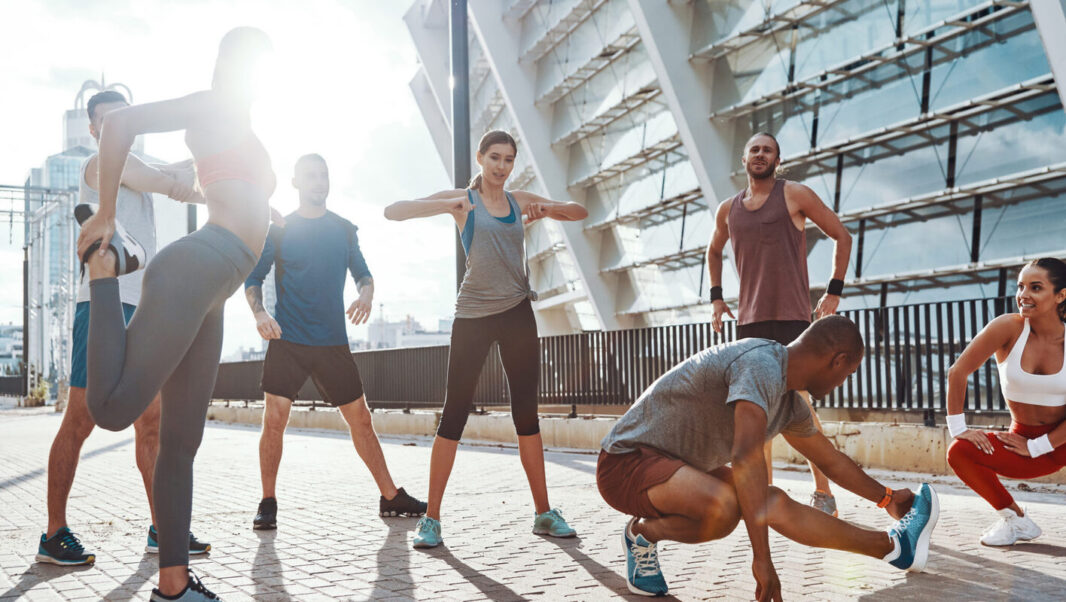
Synovial Joints and Exercise
Synovial joints play a central role in exercise and athletic activity. They are lined with a membrane that produces synovial fluid. This fluid reduces friction, allowing bones to glide smoothly against one another. It also nourishes cartilage, which does not have a direct blood supply.
Dynamic warm-ups are particularly important for synovial joints. Activities such as leg swings, arm circles, or gentle squats increase circulation, raise tissue temperature, and stimulate synovial fluid production. This preparation enhances mobility and reduces injury risk during workouts. Without sufficient warm-up, synovial joints may feel stiff, and cartilage may be less resilient under load.
Regular exercise is critical for synovial joint health. Unlike other tissues, cartilage depends on movement to receive nourishment from synovial fluid. This makes daily activity essential, even in small amounts. Sedentary lifestyles, where joints are not regularly moved through their full range, can contribute to stiffness and degeneration over time.
Exercise also strengthens the muscles that surround synovial joints, adding an extra layer of stability. For example, strong quadriceps help reduce pressure on the knees, while strong rotator cuff muscles protect the shoulder. Combining strength and mobility training keeps synovial joints both supported and flexible.
Movement Types of Synovial Joints
Different synovial joints allow different movements, which makes them highly versatile. For example:
- Hinge joints (elbow, knee): allow flexion and extension.
- Ball-and-socket joints (shoulder, hip): allow movement in multiple directions, including rotation.
- Pivot joints (neck): allow rotational movement.
- Saddle joints (thumb): allow opposition and wide range of movement.
- Gliding joints (wrist, ankle): allow sliding or twisting motions.
- Condyloid joints (knuckles): allow flexion, extension, abduction, and adduction.
Recognizing the type of movement available at a joint helps people train more effectively and avoid forcing the body into unnatural positions.
The variety of synovial joints allows humans to perform complex tasks. Without the pivot joint in the neck, for example, turning the head would not be possible. Without ball-and-socket joints in the shoulders and hips, movements like swimming or dancing would be severely limited. Each type of joint has a specialized role, which together create a seamless system of motion.
Understanding these differences also helps explain why some joints are more injury-prone. Hinge joints like the knee are vulnerable to ligament tears because they primarily move in one plane, yet are often forced into twisting motions. Ball-and-socket joints, while flexible, may become unstable without strong muscular support. By knowing which movements a joint is designed for, people can train safely and respect natural limitations.

Training and Joint Health
Healthy joints support lifelong movement. Exercise is one of the most effective ways to keep joints functioning well, but it must be approached with care. Key strategies include:
- Strengthening: Strong muscles surrounding a joint provide stability and reduce wear. For example, strong quadriceps and hamstrings protect the knees.
- Flexibility: Stretching keeps connective tissues supple, maintaining mobility and reducing stiffness.
- Low-impact activity: Walking, swimming, and cycling promote joint health without excessive stress.
- Balanced training: Overuse of one joint or repetitive high-impact activity can accelerate wear. Variety in exercise reduces strain.
Lifestyle choices also play a role. Maintaining a healthy weight lowers stress on joints, particularly the knees, hips, and spine. Adequate hydration supports the production of synovial fluid, while a diet rich in omega-3 fatty acids, antioxidants, and vitamin D supports joint tissue.
Training for joint health is not only about reducing pain today but also about preventing degeneration later in life. Regular low-impact exercise helps preserve cartilage thickness and bone density, reducing the risk of osteoarthritis. Weight-bearing activities, like walking or light resistance training, stimulate bone growth and improve stability around the joints.
Just as important is rest and recovery. Overuse injuries are common when joints are not given time to recover from repetitive stress. Balancing exercise with proper recovery strategies, such as stretching, foam rolling, and sleep, keeps joints resilient.
Action Steps for Protecting Joints
- Perform dynamic warm-ups before physical activity.
- Incorporate both strength and flexibility training into weekly routines.
- Choose low-impact cardio exercises to reduce wear and tear.
- Pay attention to proper technique in sports and exercise.
- Maintain a healthy weight to reduce unnecessary joint stress.
- Stay hydrated and eat a nutrient-rich diet to support joint tissues.
These steps do not require major lifestyle changes but rather small, consistent habits. For example, adding two or three mobility exercises before a workout can significantly improve joint function. Choosing cycling or swimming for cardio once or twice a week can reduce joint strain while still building endurance. By taking proactive measures, joint health can be preserved across the lifespan.
Investing in Lifelong Mobility
Joints are more than connections between bones. They are living structures that make every movement possible. By understanding different types of joints and how they function, people can make informed choices about exercise, posture, and daily habits. Supporting joint health is an investment in mobility, independence, and quality of life for years to come.
The way joints are cared for today will directly affect future freedom of movement. Whether through daily stretching, mindful exercise, or proper nutrition, small actions create long-term benefits. Healthy joints do not just keep people active—they help preserve vitality, independence, and quality of life.
References
Centers for Disease Control and Prevention. (2023). Arthritis and joint health. https://www.cdc.gov/arthritis/index.html
Cleveland Clinic. (2022). Joints: Anatomy, types and function. https://my.clevelandclinic.org/health/body/21793-joints
Harvard Health Publishing. (2023). Joint health: How to keep your joints healthy. https://www.health.harvard.edu/pain/joint-health-how-to-keep-your-joints-healthy
Standring, S. (2021). Gray’s anatomy: The anatomical basis of clinical practice (42nd ed.). Elsevier.
